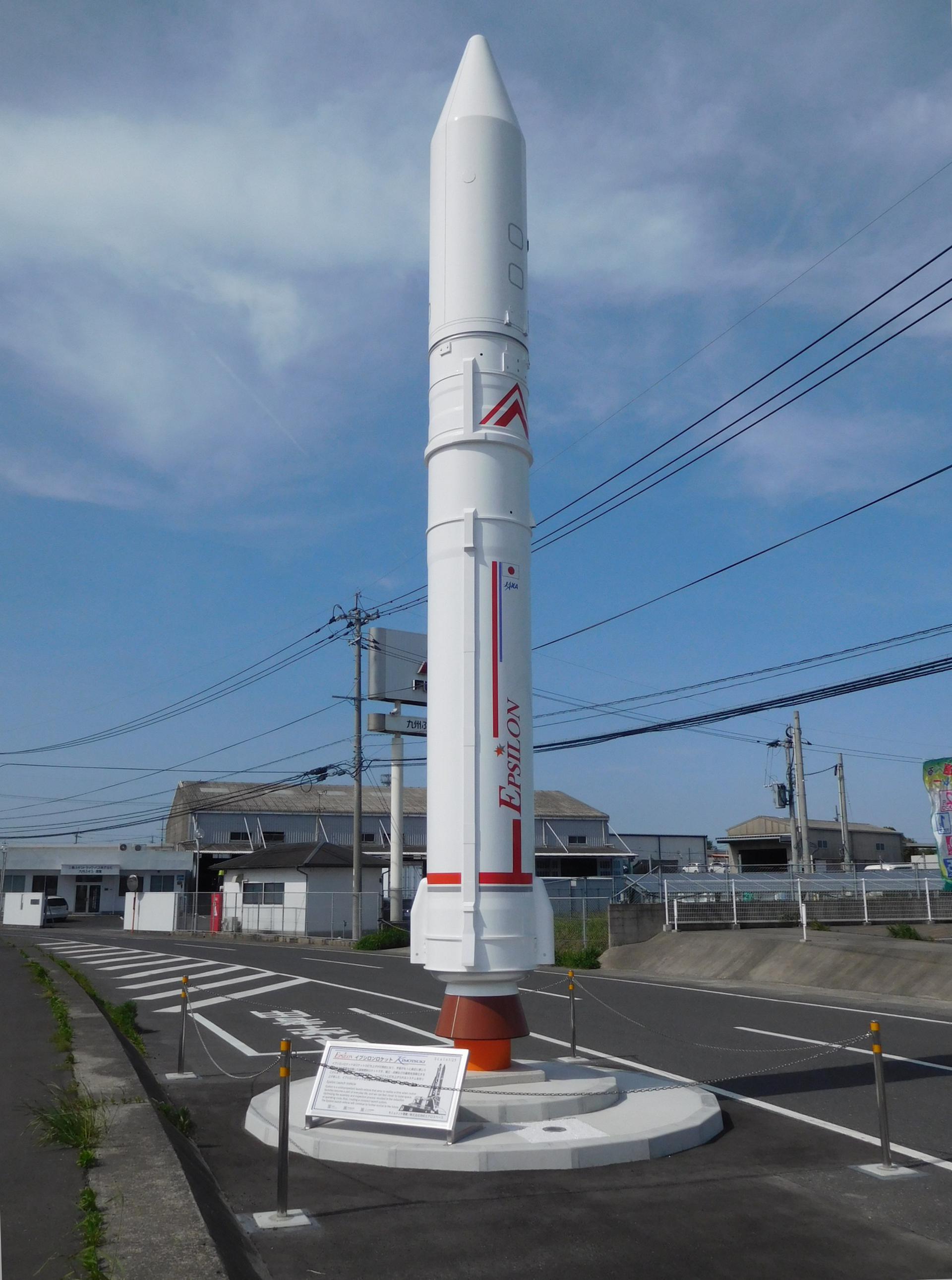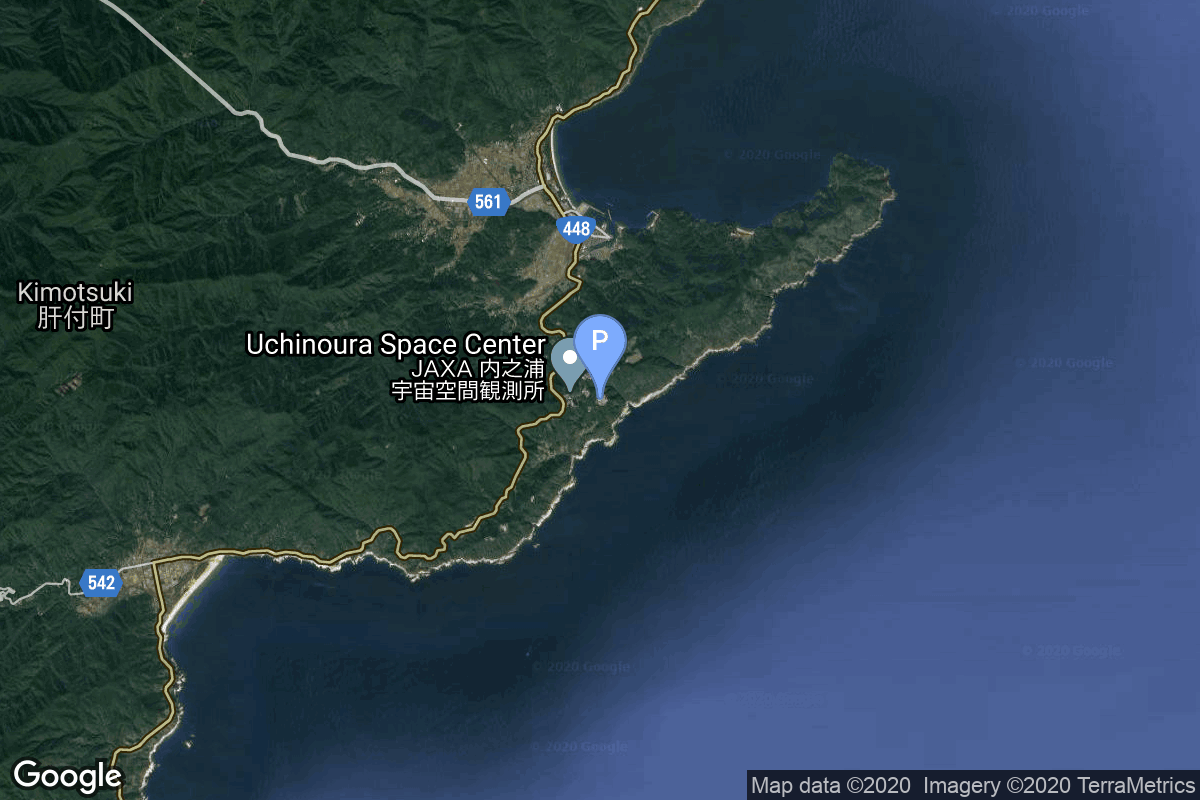
Launch
Japan Aerospace Exploration Agency
Epsilon S | JV-LOTUSat-1
- Mission
- rocket
- Pad
- Agency
Mission
JV-LOTUSat-1
Earth Science
Sun-Synchronous Orbit
Vietnamese Synthetic Aperture Radar Earth observation satellite build by NEC Corporation of Japan, based on Japan's ASNARO 2 satellite and the NEXTAR NX-300L satellite bus. The satellite will contribute to measures against natural disasters and climate change in Vietnam.
Status
To Be Determined
Current date is a placeholder or rough estimation based on unreliable or interpreted sources.
Pad

Location
Asia/Tokyo
Uchinoura Space Center, Japan
The Uchinoura Space Center is a space launch facility in the Japanese town of Kimotsuki, Kagoshima Prefecture. All of Japan's scientific satellites were launched from Uchinoura prior to the M-V launch vehicles being decommissioned in 2006. It continues to be used for suborbital launches, stratospheric balloons and has also been used for the Epsilon orbital launch vehicle. Additionally, the center has antennas for communication with interplanetary space probes.
43
0
Location Image

Rocket

Epsilon S
The Epsilon S rocket is a Japanese solid-fuel rocket designed to launch scientific satellites. It is a follow-on project to the larger and more expensive M-V rocket which was retired in 2006. The Japan Aerospace Exploration Agency (JAXA) began developing the Epsilon in 2007. The first stage is based on SRB-3, the strap-on solid-rocket booster of H3
Family: Epsilon
Variant: S
Details
Min stage: 4
Max stage: 4m
Length: 24.4m
Diameter: 2.5
First Flight: Sept. 14, 2013
Pending launches: 2
Launch cost: US$39000000
Manufacturer
Japan Aerospace Exploration Agency
Government
None
None
Agency

Japan Aerospace Exploration Agency
Type: Government
Details